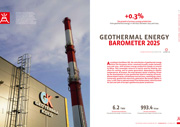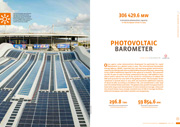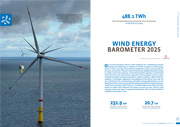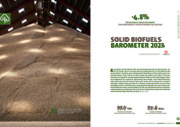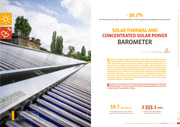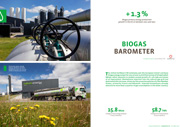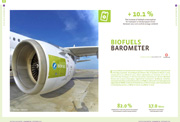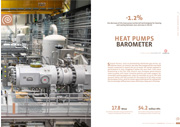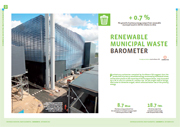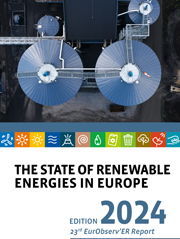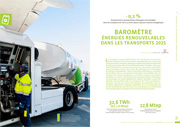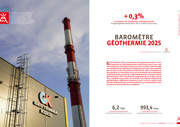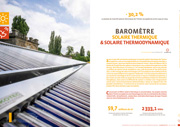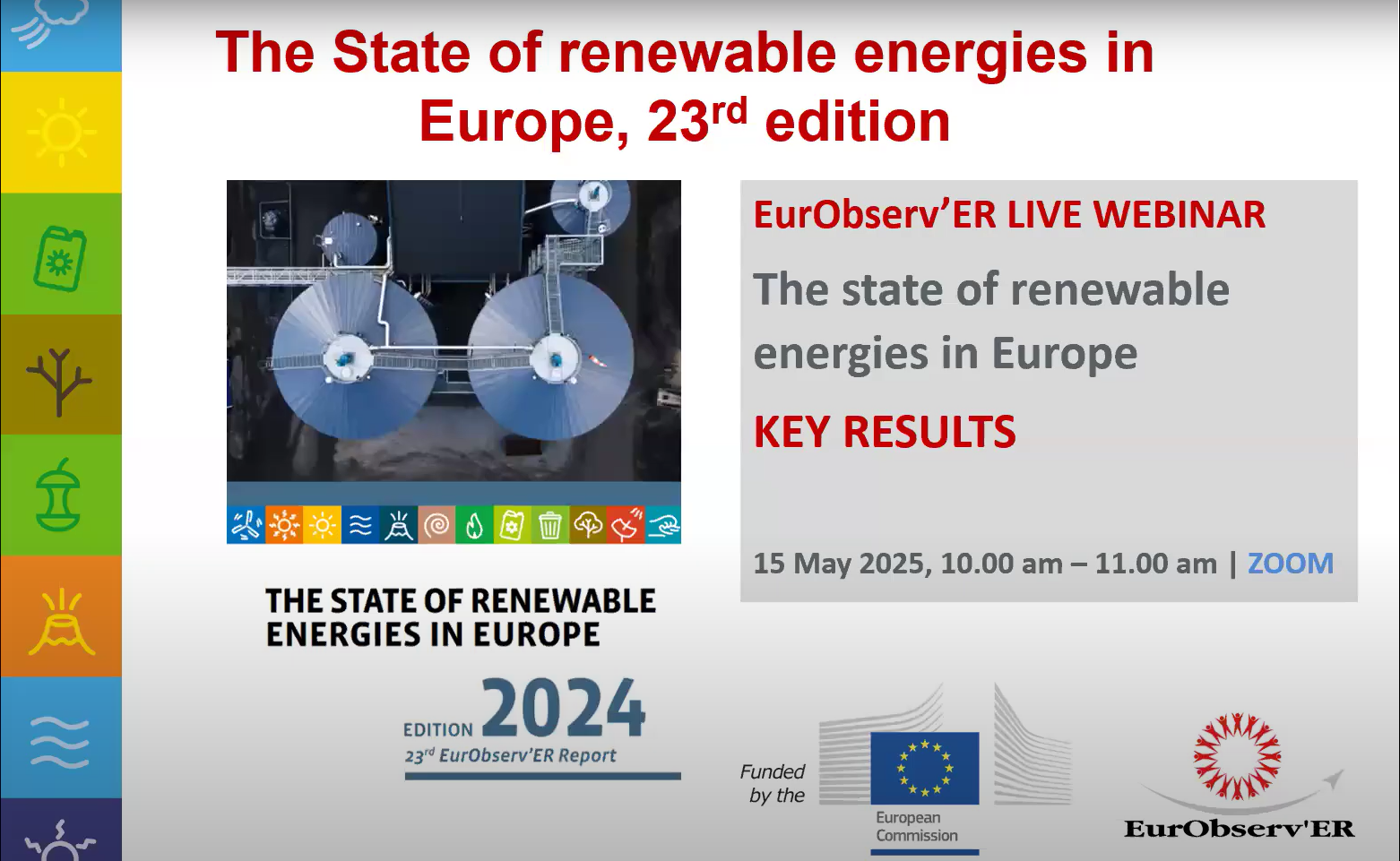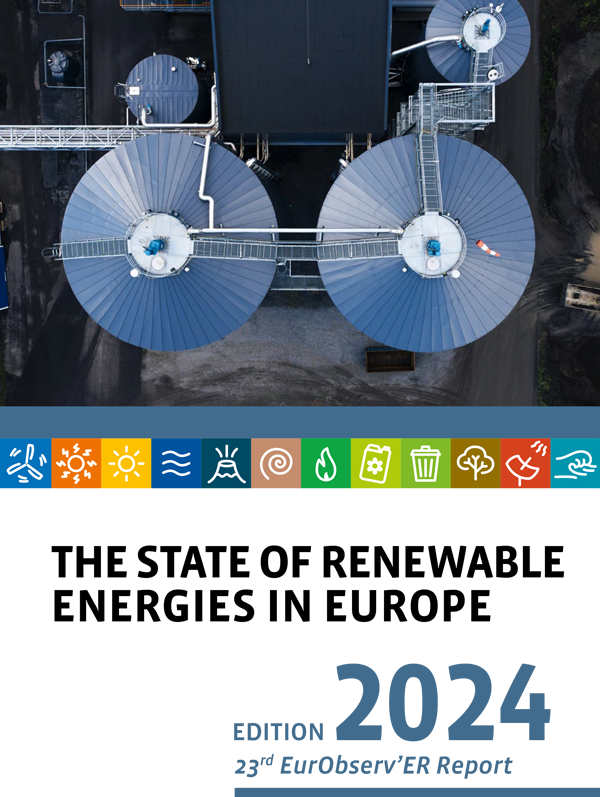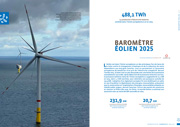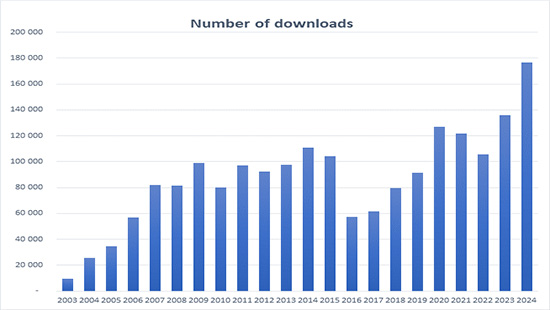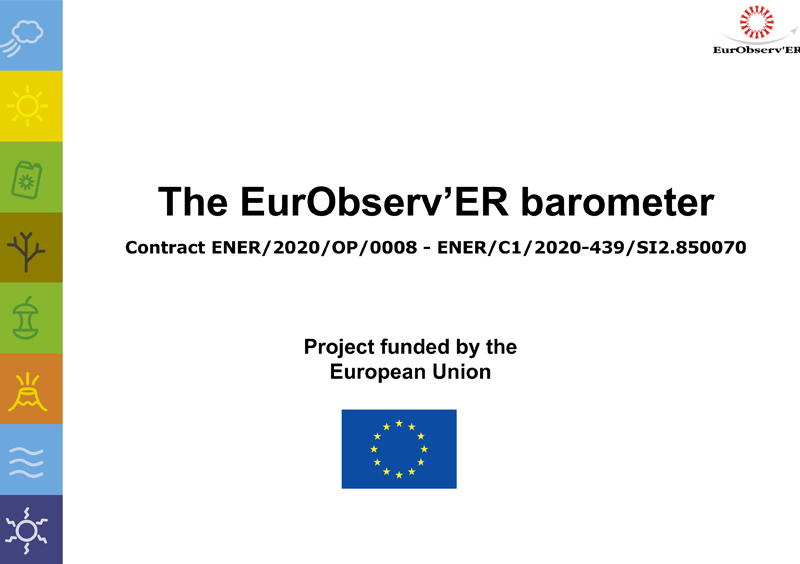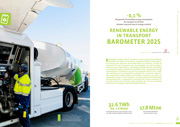 + 6.3 % The increase of renewable energy consumption for transport in the EU27 between 2022 and 2023 (in energy content)
+ 6.3 % The increase of renewable energy consumption for transport in the EU27 between 2022 and 2023 (in energy content)
The renewable energies used in transport essentially originate from biofuels blended with petrol and diesel fuels, as well as biogas used in vehicles that run on natural gas and biokerosene used in aviation. Renewable electricity is also used, albeit to a lesser extent, mainly in rail transport and increasingly in road transport, with an uptake in the ownership of 100% rechargeable electric and hybrid vehicles. Preliminary EurObserv’ER data suggests that renewable energy consumption in European Union transport, be it road, rail, maritime or air, powered by combustion or electric engines, increased by about .3% between 2022 and 2023, to almost 20.9 Mtoe. The renewable energy share used in EU’s transport sector should easily pass the 10% mark in 2023 and outperform the 9.6% share measured in 2022.
Download in English
Download in other languages : ![]()


